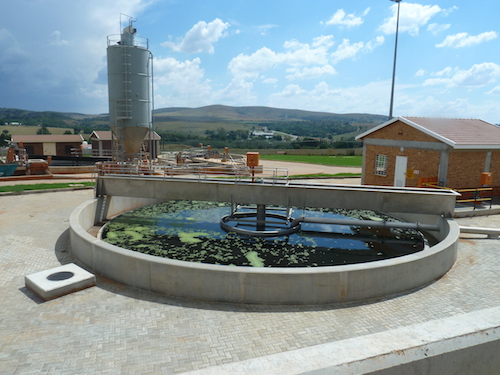Energy efficient traffic lights
Light Emitting Diode (LED) traffic signal lamps typically achieve at least a 70-80% reduction in energy consumption compared to incandescent lamps. LEDs have a longer lifespan and have the potential to reduce maintenance costs over incandescent technology by approximately 80%. The typical payback period of traffic light retrofit projects is less than three years.
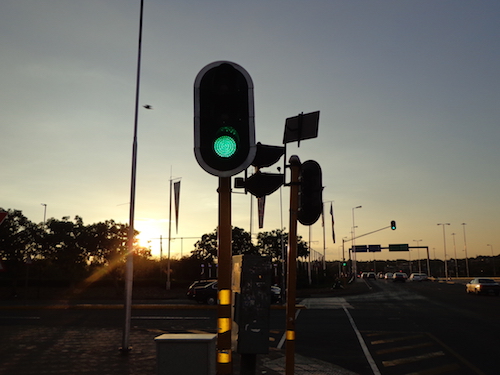
Energy efficient street lights
There is a big variety of technologies (e.g. lamps, reflectors, ballasts and power switches) that can substantially improve street light efficiency by up to 70%. The EEDSM programme has been striving to maximise saving potential by pushing for the replacement of streetlights with LED technology. In addition to the potential cost savings for municipalities, an added incentive is for industry to invest in local production and job creation.
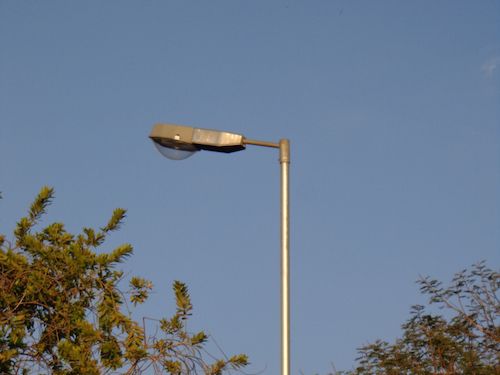
Energy efficient lights on high masts
High mast technology is regularly used by municipalities. The masts have a height of 20 to 40 metres with 4, 6 or up to 9 lights installed at the top, each of which has a 1,000 Watt (W) output. The masts can be retrofitted with the latest LED technology, using 400W each as well as higher visibility on the ground.
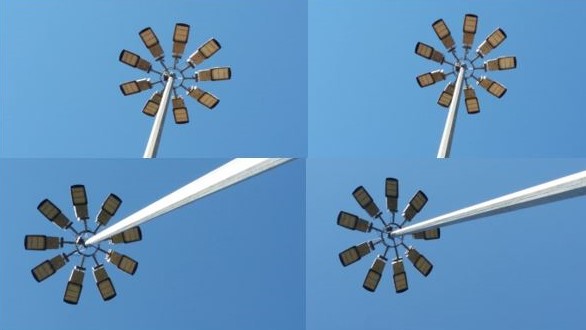
Energy efficient lights in buildings
There is a wide range of opportunities on how to improve energy efficiency in public buildings. The technical measures implemented within the framework of EEDSM are, for example, energy efficient lights, motion sensors, and heating, ventilation and air conditioning (HVAC).
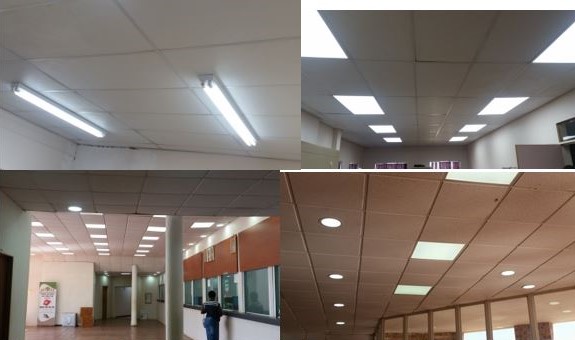
Energy efficient water infrastructure (pumps, biogas, cogeneration including waste water treatment)
Examples of efficient water infrastructure include pumps, biogas, and cogeneration, including wastewater treatment. New pumps for water and wastewater can increase energy efficiency by about 5% due to improved designs. Furthermore, variable speed drive (VSD) pumps can achieve savings of 15-20% depending on usage.
